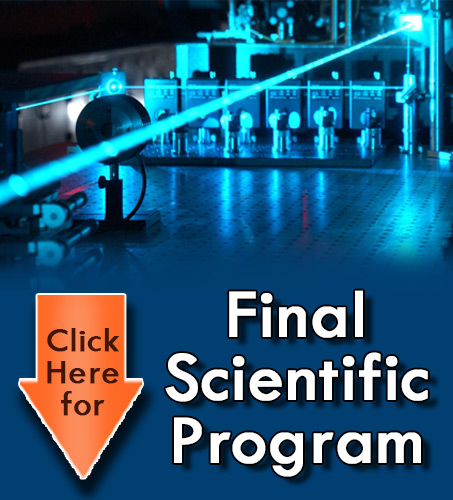
Biography
Biography: Tatsuo Shiina
Abstract
Beam propagation has been given strong attention in a variety of applications that is, medicine, remote sensing and information science. Especially, the beam propagation in highly scattering media, which is called random media, gathers highly emotion to control from the past to the present. In general, the multiple scattering gets rid of beam characteristics such as intensity distribution, phase front and polarization. In this study, self-converging eff ect of a polarized annular beam was applied in random media. The collimated annular beam of a few tens millimeters takes a few hundred meters to transform its beam shape into the non-diff ractive beam in air, while this transformation was shorten only to less than a few tens centimeters in random media with a certain concentration. The generation condition of the non-diff ractive beam in random media is not only the incident beam and the media characteristics, but the obserbation condition is also important. Th e specialized detector was installed with narrow fi eld of view in our experiment. Th e detected beam has its optical characteristics of the non-diff ractive beam. It has the center peak and side rings in optical axis and keeps its waveform in its propagation. Media concentration and propagation distance control the generation and the waveform of the non-difractive beam. The center peak of the non-difractive beam has the unique behavior due to the media concentration. The is study indicates the generation of the non-diff ractive beam in random media, its waveform structure on the isotropic multiple-scattering and the unique behavior of the alternative change of its waveform.

